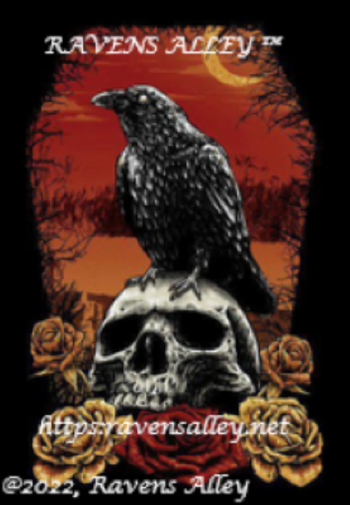The celebrations of Christmas have been observed in Ireland ever since St. Patrick brought Christianity to the island during the fifth century. Throughout the centuries, Celtic traditions fused with Christianity to create very unique Celtic customs and traditions for the winter festivals. While not all are practiced today, some customs which date back to previous, less commercialized times.
Before Christianity came to the Celtic folk, the people of Ireland practiced a druidic religion, and other forms of traditions and religions, which provided them a strong sense of their connection with the innate, natural world. Like with many earlier peoples around the world, the winter solstice of December 21st was very important to the Gaelic Irish. The winter solstice is the shortest day/longest night of the year. However, for the Celts it marked the turning point in the year. In the dark and cold of winter, at solstice the sun begins the long journey back towards its midsummer peak.
Throughout this time, the Celts celebrated the turning point of the sun with fires in sacred, consecrated places such as the Hill of Tara, and the New Grange site which dates back over 5k years. The utilization of fire to mark the winter solstice could have influenced the more recent Irish tradition of setting a candle in the window of your house throughout the twelve days of the Christmas season. The candle in the window marks the way to warmth and hospitality to anyone who finds themselves, like Mary and Joseph in the New Testament, without a place to stay at Christmas time.
The druids of the ancient Celtic world utilized evergreen branches to be a symbol of the eternal nature of the human soul. In Christian times, the practice of taking evergreen branches into an Irish home has remained as a sign of the eternal life brought about by Christ’s resurrection. In Celtic countries, evergreen branches like holly and yew are more customary than the German tradition of placing the entire tree inside the home. In Christian times, the custom of taking evergreen branches into an Irish home has continued as a symbol of the eternal life brought about by Christ’s resurrection.
Then of course, there is the ancient, but old tradition that has almost, but not all vanished, the killing of the wren, which is thought to be an unlucky bird, due to an old legend, that on St. Stephen’s Day (26th December), young men would wander the countryside simultaneously hunting wrens with their slingshots. If a wren were killed, it is to be mounted on a pole and carried from house to house. Although this tradition has all but disappeared, it was once an important part of the Christmas season in rural Ireland. Instead, the habit of visiting each other’s houses on 26th December has continued, without hunting small birds!
The Winter solstice was seen by the prehistoric Celts as one of the most important times of the year. The Neolithic monuments of Newgrange in Éire, Maes Howe in Orkney, Scotland and Bryn Celli Ddu in Ynys Môn, Wales are examples of burial chambers scattered throughout the Celtic nations constructed to capture the full impact of sun’s rays during the solstices.
Druids, the priestly class in ancient Celtic society, celebrated the festival of Alban Arthuan (also known as Yule) at the time of the Winter solstice. It was on this day that they ceremonially gathered mistletoe from oak trees. A practice described in the writings of Roman historian Pliny the Elder (Gaius Plinius Secundus AD 23 – August 25, AD 79).
It is also important to notice that many ancient celebrations did and do have the influence of the Norse peoples in Ireland and other Celtic societies…During the times of the Vikings there were many popular spots they docked on the isle including Dublin! With them came their traditions and beliefs as well, which is why in some parts of Ireland, and Gaelic/celt societies you see such things as Yule celebrated, and the yule time log! This, is also why many of Irish and Celtic decent also find Norse, Icelandic, Swedish and Denmark DNA markers in DNA test.
So when commemorating Christmas the traditional trappings that go with this celebratory season, the roots that go back to ancient Celtic history. The Mistletoe collected by the Druids for its magical and health-giving properties. The Yule log burnt by the Celts to counter the darkness of mid-Winter when they believed the sun stood still for twelve days and to bring good luck. The Holly and Ivy; evergreens that Celts saw as important to keep evil spirits at bay. The Tree decorated with symbols of solar objects and gifts to Celtic gods and goddesses.
